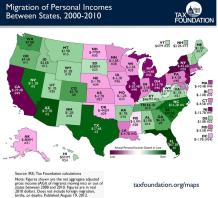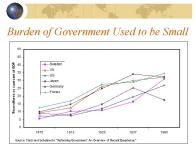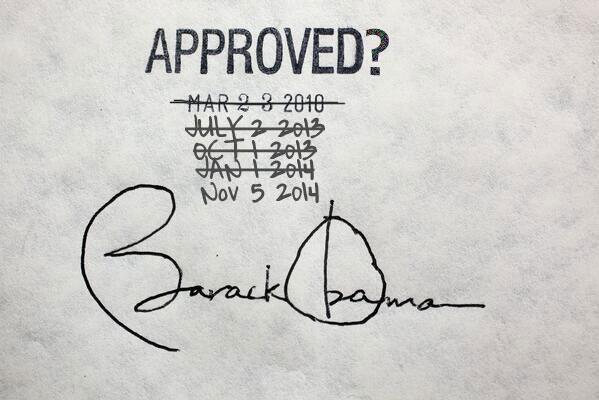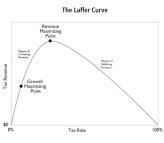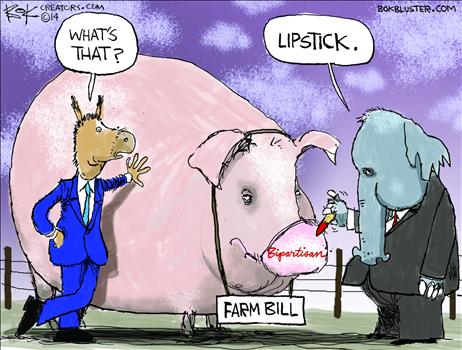Like John Stossel and Thomas Sowell, I’m not a big fan of the Federal Reserve.
 It’s not just that I’m a libertarian who fantasizes about the denationalization of money.
It’s not just that I’m a libertarian who fantasizes about the denationalization of money.
I also think the Fed hasn’t done a good job, even by its own metrics. There’s very little doubt, for instance, that easy-money policies last decade played a major role in creating the housing bubble and causing the financial crisis.
Yes, Fannie Mae and Freddie Mac played a big role,  but it was the Fed that provided the excess liquidity that the GSEs used to subsidize the subprime lending orgy.
but it was the Fed that provided the excess liquidity that the GSEs used to subsidize the subprime lending orgy.
But I’m not writing today about possible alternatives to the Fed or big-picture issues dealing with monetary policy.
Instead, I want to highlight three rather positive signs about the Janet Yellen, the new Chair of the Fed’s Board of Governors.
1. Unlike a normal political animal and typical bureaucratic empire builder, she didn’t assert powers that she doesn’t have. She was asked at a congressional hearing about bitcoin and she forthrightly stated that the Federal Reserve has no legislative authority to mess with the online currency.
The Federal Reserve has no authority to supervise or regulate Bitcoin, chair Janet Yellen told Congress on Thursday. …On Wednesday, Manchin wrote to the Fed, Treasury and other regulators warning that the currency was “disruptive to our economy” and calling for its regulation. “Bitcoin is a payment innovation that’s taking place outside the banking industry. To the best of my knowledge there’s no intersection at all, in any way, between Bitcoin and banks that the Federal Reserve has the ability to supervise and regulate. So the Fed doesn’t have authority to supervise or regulate Bitcoin in anyway,” said Yellen.
This is very refreshing. A government official who is willing to be bound by the rule of law.
President Obama, by contrast, is now infamous for his radical and unilateral rewrites of his failed healthcare law.
 Eighteen of them for those keeping count at home.
Eighteen of them for those keeping count at home.
But it’s not just Obamacare.
Because of my interest in tax competition, fiscal sovereignty, and financial privacy, I’m upset that his Treasury Department pushed through a regulation that overturns – rather than enforces – laws about protecting American banks from tax inquiries by foreign governments.
But let’s not wander into other issues. Today’s post is about positive signs from Janet Yellen.
2. And here’s another one.
 The Fed Chair poured cold water on the left’s fantasy view that higher minimum wage mandates don’t kill jobs.
The Fed Chair poured cold water on the left’s fantasy view that higher minimum wage mandates don’t kill jobs.
The new Federal Reserve chairman, Janet Yellen, seemed to offer some support for the CBO’s recent conclusion that increasing the minimum wage to $10.10 an hour, as President Obama and Senate Democrats propose, would cost a significant number of jobs. The CBO projected that the proposal would mean 500,000 fewer jobs by the end of 2016, a conclusion the White House took issue with. Yellen said the CBO “is as qualified as anyone to evaluate the literature” about the employment effects of the minimum wage (some of which argues there would be little to no jobs losses, and some of which suggests there would be significant job losses), and that she “wouldn’t want to argue with their assessment.”
In the cautious-speak world of Fed officials, this is a very strong statement.
Congratulations to Yellen for putting intellectual honesty above partisan loyalty.
3. Most important of all, Yellen also affirmed that she plans on continuing the “taper,” which is the buzzword for winding down the Fed’s easy-money policy.
…she reiterated that it would take a “significant change” to the economy’s prospects for the Fed to put plans to wind down its bond-buying program on hold. …After more than five years of ultra easy monetary policy in the wake of the 2007-2009 recession, the Fed is taking the first small steps towards a more normal footing. It trimmed its bond buying by $10 billion in each of the past two months, and it expects to raise interest rates some time next year as long as the economy continues to improve. Yellen reiterated her concerns about possible asset price bubbles, and suggested the Fed would move to a more qualitative description of when it plans to finally raise rates. …Yellen acknowledged that such low borrowing costs “can give rise to behavior that poses threats to financial stability.”
And she even acknowledged that easy money can cause bubbles.
A refreshing change from some previous Fed Governors.
Now let’s give a caveat. None of this suggests Yellen is a closet libertarian.
She is perceived as being on the left of the spectrum, and it’s worth noting that many hardcore statists in the Democratic Party urged her selection over Larry Summers because he was (incorrectly) seen as somehow being too moderate.
Moreover, I suspect she will say many things in the coming years that will add to my collection of gray hair.
All that being said, I’m glad Obama picked her over Summers. By all accounts, Yellen is honest and will focus her attention on monetary policy.
Summers, by contrast, is a far more political animal and would have used the position of Fed Chair to aggressively push for more statism in areas outside of monetary policy.
 P.S. Private financial institutions also played a role in the housing bubble and financial crisis, which is why those entities should have been allowed to go bankrupt instead of benefiting from the corrupt TARP bailout.
P.S. Private financial institutions also played a role in the housing bubble and financial crisis, which is why those entities should have been allowed to go bankrupt instead of benefiting from the corrupt TARP bailout.
P.P.S. Since this post mentions bitcoin and since I sometimes get asked about the online currency, I’ll take this opportunity to say that I hope that it is ultimately successful so that we have alternatives to government monetary monopolies. That being said, I wouldn’t put my (rather inadequate) life savings in bitcoin.
P.P.P.S. If you want an amusing video mocking the Fed, here’s the famous “Ben Bernank” video. And if you want a serious takedown of the Fed, here’s George Selgin’s scholarly but accessible analysis.
P.P.P.P.S. On a completely unrelated topic, if you’re a fan of “House of Cards,” I invite you to pay close attention at about the 30:00 mark of Episode 5, Season 2. If you don’t blink, you may notice an unexpected cameo appearance. Maybe this person has a future acting career if he ever succeeds in restoring limited government and needs to find something new to occupy his time. After all, if President Obama has a future on the silver screen, why not others?







 You’ve heard of “driving while black,” which describes the suspicion and hostility that blacks sometimes experience, particularly when driving in ritzy neighborhoods.
You’ve heard of “driving while black,” which describes the suspicion and hostility that blacks sometimes experience, particularly when driving in ritzy neighborhoods.





 Public service announcement: Never, ever make claims about a country’s economic policies (or actually anything about economics) on the basis of what you think you’ve heard people say. Yes, you often hear people talking about austerity, and the Germans are big on praising and demanding austerity. But have they actually imposed a lot of it on themselves? Not so much.
Public service announcement: Never, ever make claims about a country’s economic policies (or actually anything about economics) on the basis of what you think you’ve heard people say. Yes, you often hear people talking about austerity, and the Germans are big on praising and demanding austerity. But have they actually imposed a lot of it on themselves? Not so much.








 more commonly referred to as the “stimulus.”
more commonly referred to as the “stimulus.”

 But the clincher, at least for most people, is the simple fact that Keynesianism doesn’t work.
But the clincher, at least for most people, is the simple fact that Keynesianism doesn’t work.








 …And the reason for their bold fashion choices lay not just in the pop glamour of the late 70s and early 80s, but also in the Swedish tax code. According to Abba: The Official Photo Book, published to mark 40 years since they won Eurovision with Waterloo, the band’s style was influenced in part by laws that allowed the cost of outfits to be deducted against tax – so long as the costumes were so outrageous they could not possibly be worn on the street.
…And the reason for their bold fashion choices lay not just in the pop glamour of the late 70s and early 80s, but also in the Swedish tax code. According to Abba: The Official Photo Book, published to mark 40 years since they won Eurovision with Waterloo, the band’s style was influenced in part by laws that allowed the cost of outfits to be deducted against tax – so long as the costumes were so outrageous they could not possibly be worn on the street. Or, returning to the example of ABBA, perhaps they should have used these outfits since there wouldn’t be much cost to deduct and that would have boosted taxable income.
Or, returning to the example of ABBA, perhaps they should have used these outfits since there wouldn’t be much cost to deduct and that would have boosted taxable income.




 Regardless, the strip club didn’t prevail. I guess art, like beauty, is in the eye of the beholder.
Regardless, the strip club didn’t prevail. I guess art, like beauty, is in the eye of the beholder.













